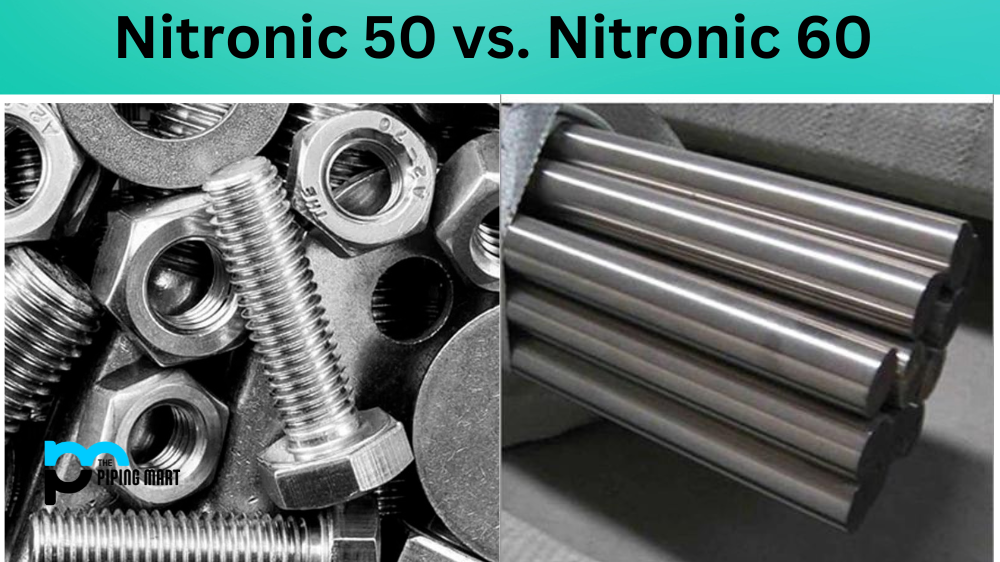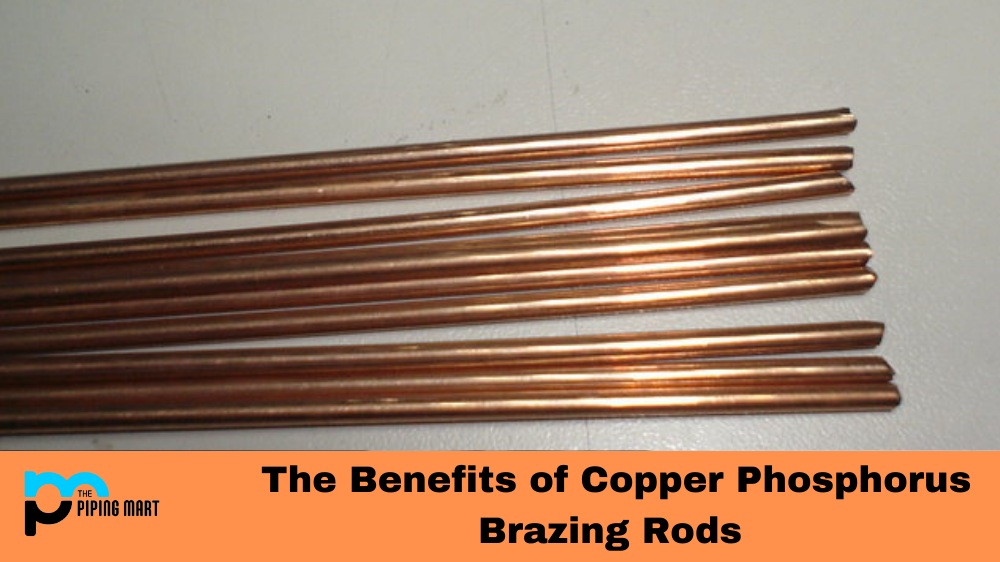If you’re in the metalworking industry, you know that there are many different materials and alloys to choose from when fabricating components. Two popular alloys are Nitronic 50 and Nitronic 60. While these two alloys share many similarities, they have some key differences that set them apart from each other. Let’s take a closer look at what makes these two materials unique and how they compare to one another.
Nitronic 50
Nitronic 50 is an austenitic stainless steel alloy with excellent corrosion resistance, even in high-chloride environments. This alloy is composed primarily of iron, chromium, nickel, and manganese, along with small amounts of sulfur and nitrogen for improved mechanical properties. Nitronic 50 also has good pitting resistance in chloride-bearing solutions due to its high chromium content. Additionally, this material can be used at temperatures up to 1200° F (650° C).
Nitronic 50 is a high-strength, austenitic stainless steel that offers good corrosion resistance in both elevated and sub-zero temperatures. The alloy is known for its excellent weldability, as well as its ability to maintain its strength and toughness at both high and low temperatures. Nitronic 50 is typically used in applications such as valves, fasteners, and pump shafts.
Nitronic 60
Nitronic 60 is another austenitic stainless steel alloy that is also highly corrosion-resistant in harsh environments, such as those containing chlorides or sulfuric acid fumes. It contains similar levels of iron, chromium, nickel, and manganese as Nitronic 50 but has higher levels of sulfur and nitrogen for enhanced mechanical properties such as strength at elevated temperatures up to 1800°F (980°C). In addition to its superior elevated temperature strength compared to Nitronic 50, it also offers better galling resistance than the latter material due to its higher sulfur content.
Nitronic 60 is a high-strength, austenitic stainless steel that offers an outstanding combination of corrosion resistance and strength. The alloy is also known for its excellent weldability, as well as its ability to maintain its strength and toughness at both high and low temperatures. Nitronic 60 is typically used in applications such as valves, pumps, and fasteners.
Difference Between Nitronic 60 and Nitronic 50
Composition
One of the main differences between Nitronic 50 and Nitronic 60 is their composition. Nitronic 50 contains 16-18% chromium, 8-10% nickel, 3-4% molybdenum, 2-3% manganese, 1-2% silicon, 0.15-0.35% carbon, and 0.035% phosphorus. Nitronic 60 contains 20-22% chromium, 12-14% nickel, 3-4% molybdenum, 2-3% manganese, 1-2% silicon, 0.15-0.35% carbon, and 0.035% phosphorus.
Properties
The different composition of Nitronic 50 and Nitronic 60 also results in different properties for each alloy. For instance, Nitronic 50 has a higher melting point than Nitronic 60 (2900°F vs 2600°F), as well as a higher Tensile Strength (185 ksi vs 170 ksi). Additionally, Nitronic 50 is more resistant to corrosion than Nitronic 60 in both elevated and sub-zero temperatures.
Applications
Due to their different properties, Nitronic 50 and Nitronic 60 are used in different applications. For instance, Nitronic 50 is typically used in applications where corrosion resistance is more important than strength (such as chemical processing equipment). Conversely, Nitronic 60 is usually used in applications where strength is more important than corrosion resistance (such as fasteners).
Conclusion:
While both Nitronic 50 and 60 offer excellent corrosion resistance in tough environments, their respective compositions make them suitable for different applications within the metalworking industry. For instance, if you’re looking for a material with superior elevated temperature strength or improved galling resistance over long periods of time, then Nitronic 60 would be the better choice for your application. On the other hand, if you need a material specifically suited for lower-temperature applications, then you may prefer using Nitronic 50 instead. Ultimately the decision should depend on your specific requirements, so it’s important to consider both options carefully before making a final selection!

Pipingmart is a B2B portal that specializes in metal, industrial and piping items. Additionally, we share the latest information and information about materials, products and various types of grades to assist businesses that are involved in this business.




